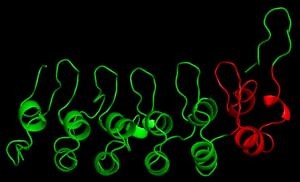Insights on an emerging competitor landscape

It’s Thanksgiving week in the US!
It’s a short week for us here on BSB because it’s Thanksgiving on Thursday followed by Black Friday the next day.
Now to be clear, we’re not having a sale on that day or even on Cyber Monday, but since it’s my birthday tomorrow, we do have a very rare offer (now live) for interested parties.
Check out our pricing page for more details!
Not all of the best drugs are born in the USA, however, as our latest landscape review and ASH23 Preview amply illustrates.
This emerging niche may have a few surprises hidden in it, and not necessarily from the expected quarters.
Here we highlight some abstracts to watch out for in San Diego in the context of recent developments in the space.
We also explain select ones we find intriguing, highlight emerging biotechs to watch out for (and why), plus identify those which could lead to some unexpected future dog drug heaven exits…
To continue reading our latest highlights on oncology new product development including commentary and analysis BSB subscribers can log-in or you can click to access the content.
This content is restricted to subscribers
 All too often the noise and attention is thrust upon the latest flashy or shiny new lures rather than on refining or redirecting the sails based upon changes in the wind patterns as more data become available.
All too often the noise and attention is thrust upon the latest flashy or shiny new lures rather than on refining or redirecting the sails based upon changes in the wind patterns as more data become available.

 Then there’s the whole separate debate of which approach to a given target is the best one – a small molecule degrader or an inhibitor or an antibody?
Then there’s the whole separate debate of which approach to a given target is the best one – a small molecule degrader or an inhibitor or an antibody?
 In our latest company interview we continue our ongoing AACR series on various protein degraders and how they may be useful in hitting difficult targets where small molecule TKIs have struggled mightily for various reasons, which we discuss in detail.
In our latest company interview we continue our ongoing AACR series on various protein degraders and how they may be useful in hitting difficult targets where small molecule TKIs have struggled mightily for various reasons, which we discuss in detail.